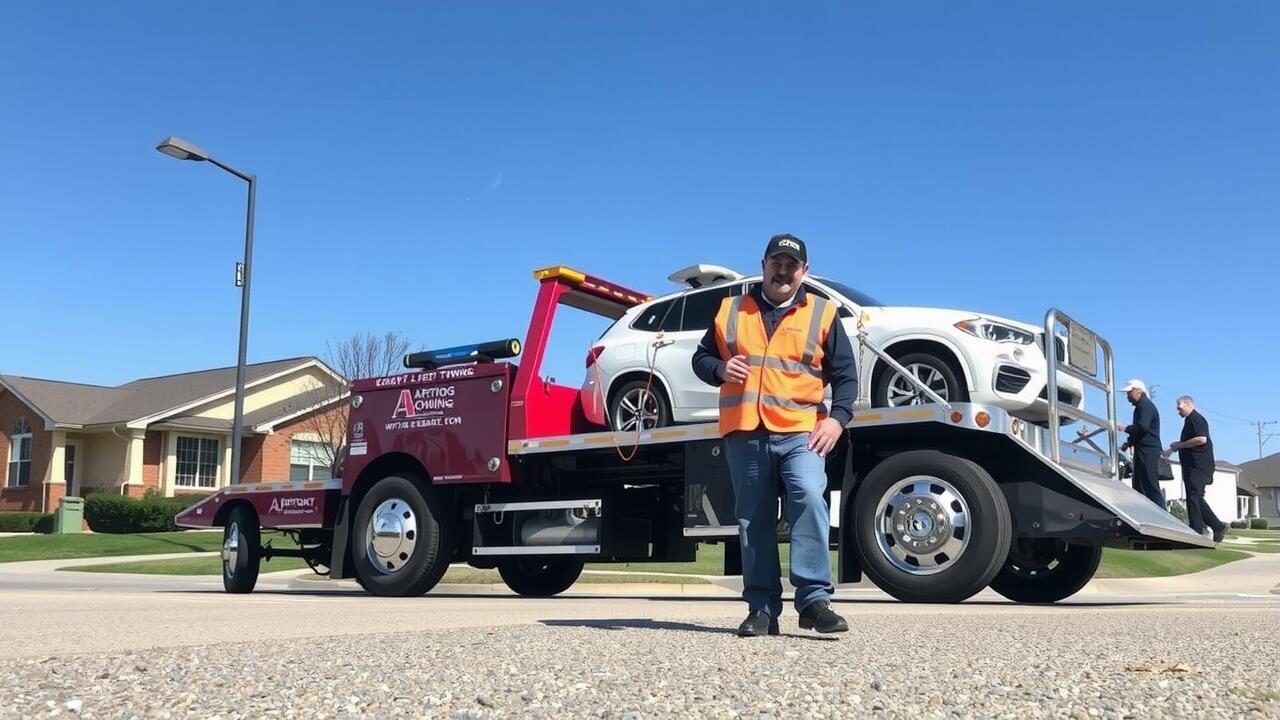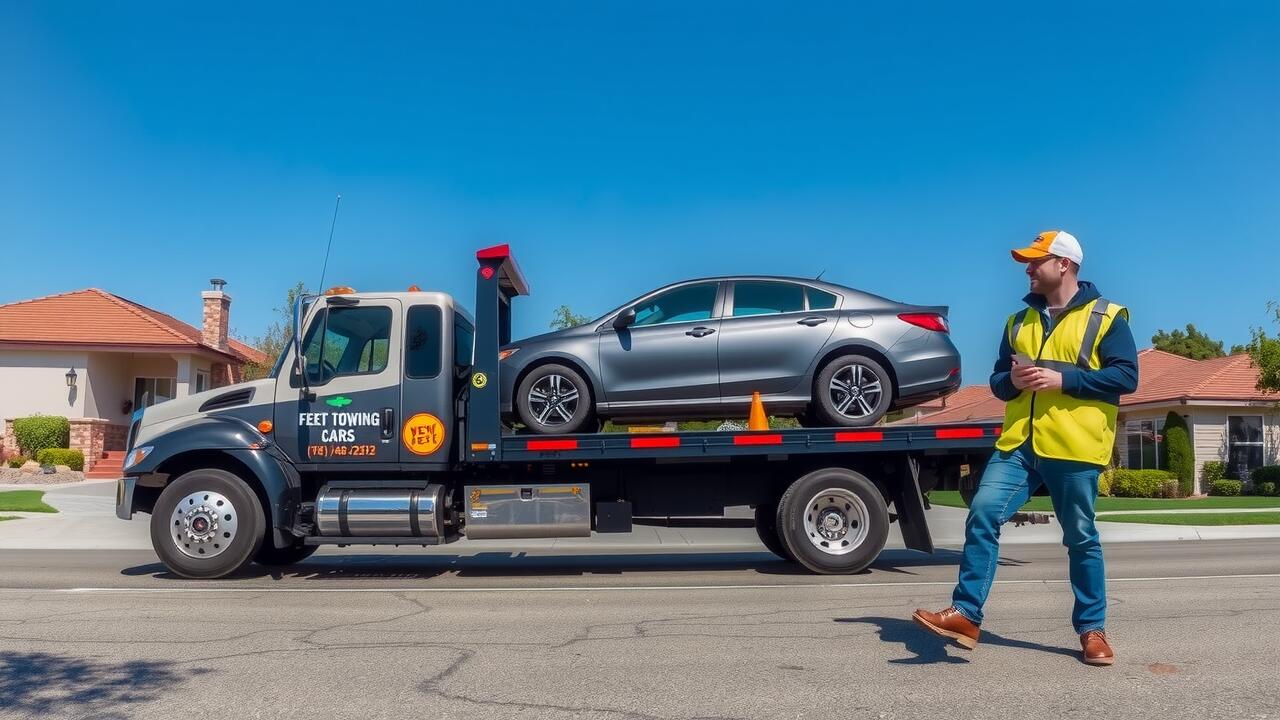
Flatbed Towing vs. Traditional Towing
Flatbed towing and traditional towing differ significantly in their approach to transporting vehicles. Traditional towing typically involves lifting the front wheels of the vehicle off the ground using a hook and chain or a dolly, leaving the rear wheels on the road. This method can pose risks to the vehicle’s transmission and suspension, especially if the car is front-wheel drive or has considerable damage. In contrast, flatbed towing places the entire vehicle on a flat platform, ensuring that all four wheels are off the ground during transport.
The advantages of flatbed towing are particularly pronounced in certain situations. For instance, it is the preferred choice for vehicles that are disabled, heavily damaged, or have low ground clearance. This method minimizes the risk of additional damage and provides a safer means of transport. Additionally, flatbed towing offers greater stability for longer distances and reduces the likelihood of swaying or shifting that can occur with traditional tow methods.
Key Differences and Advantages
Flatbed towing offers several distinct advantages over traditional towing methods, primarily due to its design and functionality. Unlike conventional towing, where a vehicle is towed on its own wheels, Flatbed Towing lifts the entire vehicle onto a flat platform. This eliminates the risk of additional damage to the vehicle’s transmission, wheels, or suspension during the towing process. Such protection is particularly beneficial for vehicles with low ground clearance or those that are disabled, as it ensures they remain secure and undamaged.
In addition to safeguarding the vehicle, Flatbed Towing provides greater versatility in handling various types of vehicles. This method is suitable for not only cars but also motorcycles, trucks, and even SUVs. The flat surface accommodates diverse sizes and weights, making it ideal for transporting vehicles that may not be able to endure traditional towing methods. This adaptability is a crucial factor for those seeking reliable and efficient towing solutions, particularly in emergency situations where vehicle condition is paramount.
Situations Requiring Flatbed Towing
Flatbed towing is essential in various scenarios where traditional towing methods may not be suitable. Vehicles with significant damage often require this service. A flatbed truck can safely transport vehicles with non-functional wheels or those that have been in accidents, ensuring they do not sustain further harm during the towing process. Additionally, high-end or classic cars are often transported using flatbed towing to prevent wear and tear, as these vehicles can be sensitive to the stresses of being towed via a traditional method.
Another situation that necessitates flatbed towing is when a vehicle is overloaded or badly damaged. Vehicles that have experienced severe mechanical failures might find their wheels inoperable, making it impossible to use standard towing methods safely. Flatbed towing provides a solution by allowing the entire vehicle to rest on a flat surface, minimizing any risk of additional damage. This towing method also accommodates larger vehicles, such as SUVs and trucks, which may be too heavy or unwieldy for conventional towing methods.
Common Scenarios for Flatbed Use
Flatbed towing is particularly useful in situations where a vehicle is non-operational. When a car has a flat tire, mechanical failure, or any issue that renders it undrivable, a flatbed tow truck is ideal. This type of towing ensures that the vehicle remains stable and secure during transport, minimizing the risk of additional damage. In these cases, the flatbed allows the entire vehicle to be lifted off the ground, eliminating the chance of further complications while en route to a repair shop.
Another common scenario for flatbed towing involves transporting luxury or classic cars. Vehicle enthusiasts often prefer flatbed towing because it provides a safer option than traditional towing methods. The flatbed design prevents wear and tear on delicate components and reduces exposure to road debris. This level of care is essential for maintaining the integrity and value of high-end or vintage vehicles.
Choosing the Right Towing Service
When selecting a towing service, it is essential to ensure they specialize in Flatbed Towing. This type of towing requires specific equipment and skilled operators who understand how to handle various vehicles safely. Businesses that focus on Flatbed Towing often have the necessary training and experience to provide reliable service. Checking reviews and seeking recommendations can help you find a company with a solid reputation in this area.
It is also important to consider the availability and response time of the towing service. An ideal company should be ready to assist you at any time of the day or night, especially in emergency situations. Confirming that they operate a fleet of flatbed tow trucks ensures that they can efficiently transport your vehicle without causing further damage. Clear communication about pricing and services offered can also contribute to a smoother experience when you require Flatbed Towing.
Factors to Consider When Hiring
When hiring a towing service, it is important to assess their experience and expertise in flatbed towing. Look for companies that specialize in this type of towing, as they are more likely to understand the nuances of safely transporting vehicles on a flatbed. Ensure that the technicians are trained and knowledgeable about handling various makes and models. This expertise can prevent damage to your vehicle during the towing process.
Additionally, consider the types of flatbed towing equipment the service uses. High-quality, well-maintained flatbeds are essential for effective transport. Check if the towing service offers insurance coverage, as this adds a layer of protection for your vehicle in case of unexpected incidents. Communication is another key factor; a reliable service should provide transparent pricing and an estimated time of arrival.
FAQS
What is flatbed towing?
Flatbed towing involves transporting a vehicle on a flatbed truck, where the entire vehicle is loaded onto a flat surface and secured for transport, rather than being towed by its wheels.
How does flatbed towing differ from traditional towing?
Unlike traditional towing, where a vehicle is pulled by its wheels, flatbed towing lifts the entire vehicle off the ground, minimizing the risk of damage to the vehicle and providing greater stability during transport.
What situations typically require flatbed towing?
Flatbed towing is often necessary for vehicles that are non-operational, have low ground clearance, are luxury or classic cars, or require specialized hauling due to their size or weight.
What factors should I consider when choosing a towing service?
When selecting a towing service, consider their experience with flatbed towing, the types of vehicles they can handle, their response time, rates, and customer reviews.
Are there advantages to using flatbed towing?
Yes, flatbed towing provides several advantages, including reduced risk of damage to the vehicle, increased safety during transport, and the ability to tow multiple vehicles at once when needed.
